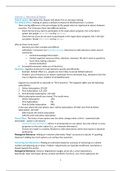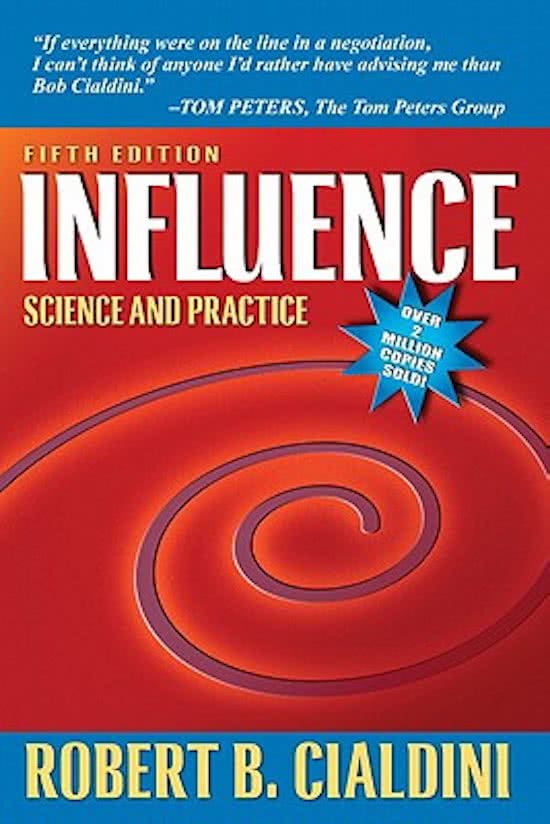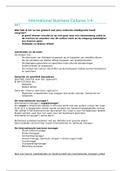Summary
Summary Decision Making in Marketing IBA
- Course
- Institution
- Book
All lectures from Decision Making in Marketing of the second year from IBA (Tilburg University). I took the table with content for the exam into account. I used a lot of graphs, figures and examples to make it more clear. Furthermore, I used different colors for different lectures which gives it a...
[Show more]





